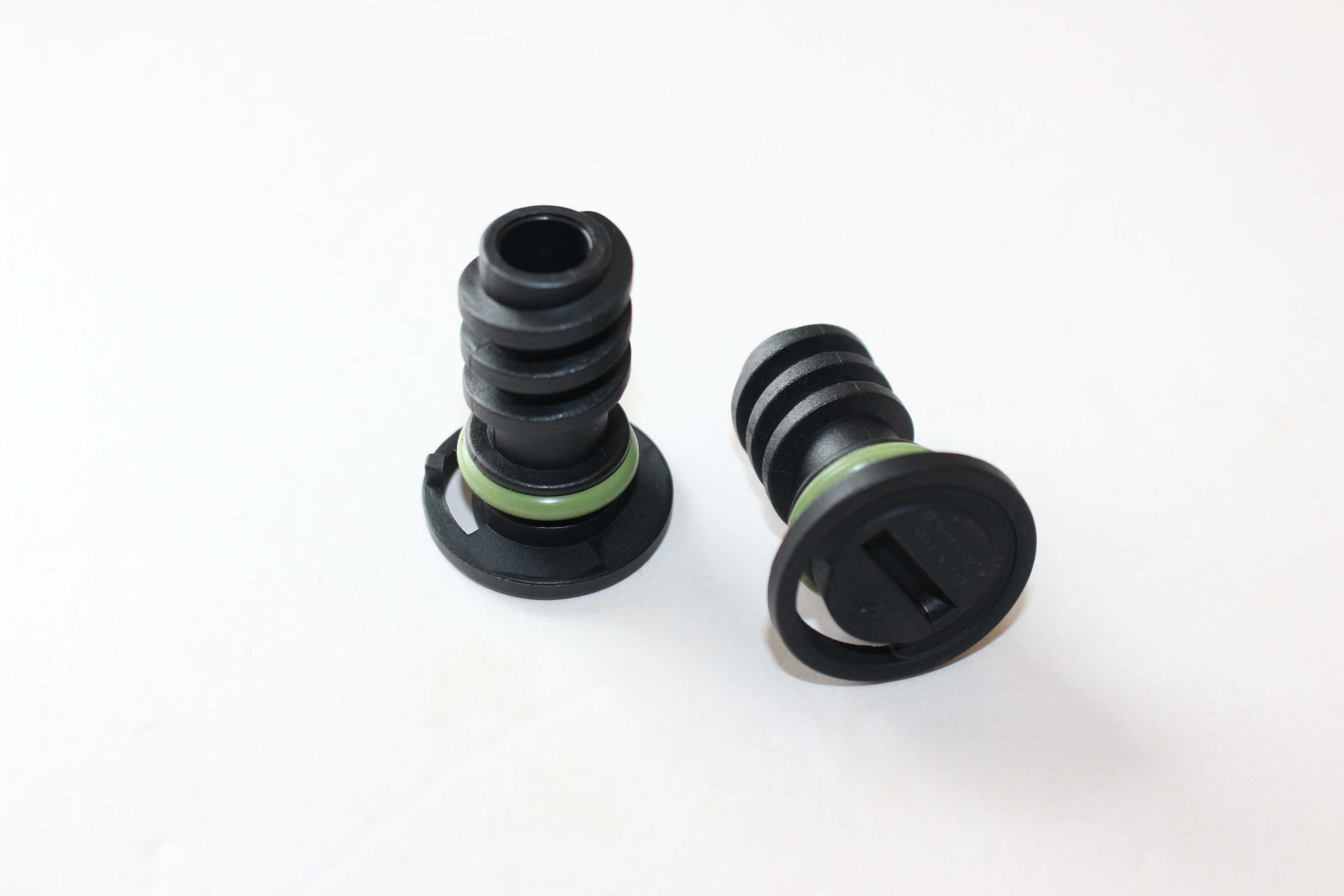Understanding the Importance of Axle Pinion Seals for Vehicle Performance and Maintenance
Understanding Axle Pinion Seals Importance, Function, and Maintenance
The axle pinion seal plays a crucial role in the overall functionality and longevity of a vehicle's drivetrain. Positioned at the interface between the axle housing and the pinion gear, this small yet vital component ensures that lubricant remains contained within the differential and prevents contaminants from entering. Understanding the importance, functionality, and maintenance of axle pinion seals can enhance vehicle performance and reliability.
The Importance of the Axle Pinion Seal
The primary purpose of the axle pinion seal is to maintain a proper seal around the pinion gear, which is a critical part of the vehicle's powertrain. The pinion gear connects the drive shaft to the differential, transferring power from the engine to the wheels. The differential then distributes this power to the left and right wheels, allowing for smooth turns and better handling. A leaking axle pinion seal can lead to serious problems, including low fluid levels in the differential, which can cause overheating and excessive wear on gears. This can ultimately result in costly repairs and even complete drivetrain failure.
Functionality of the Axle Pinion Seal
Made from durable materials such as rubber or elastomer, axle pinion seals are designed to withstand the harsh conditions found in a vehicle's undercarriage. These seals are engineered to resist wear from heat, corrosion, and exposure to various chemicals found in lubricants or road debris. When properly installed, an axle pinion seal traps the lubricating oil necessary for the efficient operation of the differential while keeping dirt and moisture out.
The function of the axle pinion seal goes beyond merely containing the lubricant
. It also plays a key role in ensuring the smooth operation of the pinion gear. If the seal is compromised, the lubricant can leak out, leading to insufficient lubrication of the gear. This not only results in increased friction and temperature but can also lead to accelerated wear on the pinion gear and the ring gear, ultimately causing premature failure of the differential assembly.axle pinion seal

Maintenance and Signs of Wear
Regular maintenance checks are essential to ensure the proper functioning of the axle pinion seal. Inspection of the differential casing for any signs of leakage should be part of routine vehicle maintenance. If any drips or pooling of lubricant are observed, it could indicate that the pinion seal has failed or is in the process of failing.
Another sign that the axle pinion seal might need attention is the presence of noise coming from the differential. Unusual sounds, such as whining, grinding, or clunking, can be indicative of low fluid levels due to a leak or worn components inside the differential.
If a leak is detected, it's essential to address it promptly. Replacing the axle pinion seal is a relatively straightforward process for mechanics but can vary in complexity depending on the vehicle model. It typically involves removing the driveshaft, unbolting the pinion gear, and replacing the old seal with a new one before reassembling everything.
Conclusion
In conclusion, the axle pinion seal may be small, but its role within the vehicle's drivetrain is undeniably significant. By preventing lubricant leaks and protecting the differential from contaminants, this seal helps maintain the efficiency and longevity of the vehicle. Regular inspection and timely replacement of damaged seals can help prevent larger, more costly repairs down the line, ensuring that vehicles operate smoothly and reliably for years to come. Understanding and maintaining this essential component is key to any vehicle owner's commitment to their vehicle's health and performance.
-
Understanding the Importance of the Crankshaft Oil Seal in Engine Performance
News Jun.16,2025
-
The Unsung Heroes of Engine Protection: Understanding Automotive Shaft Seals and Oil Seals
News Jun.16,2025
-
Keeping the Engine Tight: The Role of Crankshaft Seals and Gaskets in Oil Control
News Jun.16,2025
-
Complete Protection in Harsh Conditions: A Deep Dive into Cassette Seals
News Jun.16,2025
-
Choosing the Right Oil Seal: A Guide to Trusted Brands and Suppliers
News Jun.16,2025
-
Advanced Sealing Technologies: Exploring the Range of Modern Oil Seals
News Jun.16,2025
-
Your Essential Guide to Car Repair Kits: From Rust to Dings
News Jun.13,2025
Products categories















